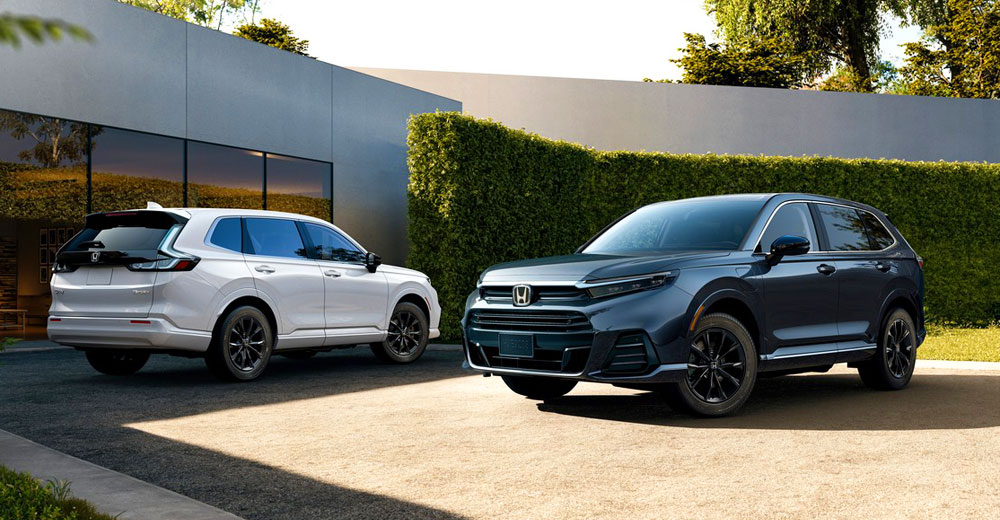Honda Introduces First Hydrogen-Powered Consumer Vehicle in America
Honda made waves in the automotive industry with the announcement of the CR-V e:FCEV, America's first hydrogen fuel cell consumer vehicle. Unveiled with much anticipation, this innovative vehicle combines hydrogen fuel cell technology with plug-in charging capability, promising an EPA driving range rating of 270 miles.
Introducing the CR-V e:FCEV
Honda's CR-V e:FCEV is set to revolutionize the consumer vehicle market with its groundbreaking features and eco-friendly design. Co-developed with General Motors and boasting a new fuel cell system manufactured in Michigan, this vehicle represents a significant leap forward in sustainability and efficiency.
Key Features
- Hydrogen Fuel Cell System: The CR-V e:FCEV incorporates a state-of-the-art hydrogen fuel cell system, offering improved durability, higher efficiency, and lower cost compared to previous models.
- Plug-in Charging Capability: With plug-in charging capability, drivers can recharge their vehicles conveniently, enhancing the overall user experience.
- Impressive Driving Range: Equipped with an EPA driving range rating of 270 miles, the CR-V e: FCEV provides ample range for both daily commutes and long-distance travel.
- Enhanced Durability: Honda has doubled the durability of the fuel cell system by utilizing corrosion-resistant materials and implementing controlled suppression of deterioration, ensuring long-lasting performance.
Innovative Design
In addition to its advanced technology, the CR-V e:FCEV features a sleek and modern design reflecting Honda's commitment to style and sustainability. Produced in Ohio, this vehicle embodies Honda's dedication to quality craftsmanship and innovation.
Overcoming Challenges: Fueling Infrastructure
While the CR-V e:FCEV represents a significant milestone in hydrogen fuel cell technology, it also faces challenges, particularly regarding fueling infrastructure. Despite the vehicle's impressive features, the availability of hydrogen fueling stations remains limited compared to electric charging points.
Addressing Market Dynamics
Rasmy John, business development manager at IDTechEx, acknowledges Honda's re-entry into the market and the continued interest in fuel cell technology. However, the success of fuel cell vehicles hinges on overcoming barriers such as upfront costs and the availability of fueling infrastructure.
Infrastructure Expansion
Edward Sanchez, a senior analyst at TechInsights, highlights the disparity between EV charging points and hydrogen fueling stations. While California boasts a significant number of charging points, hydrogen fueling infrastructure remains sparse, posing a challenge to the widespread adoption of fuel cell vehicles.
Conclusion
The CR-V e:FCEV represents a bold step towards a greener and more sustainable future in the automotive industry. Honda's innovative approach to hydrogen fuel cell technology showcases its commitment to environmental stewardship and technological advancement.
As the market evolves and infrastructure expands, the CR-V e:FCEV holds the promise of revolutionizing the way we commute and travel.


No comments:
Post a Comment